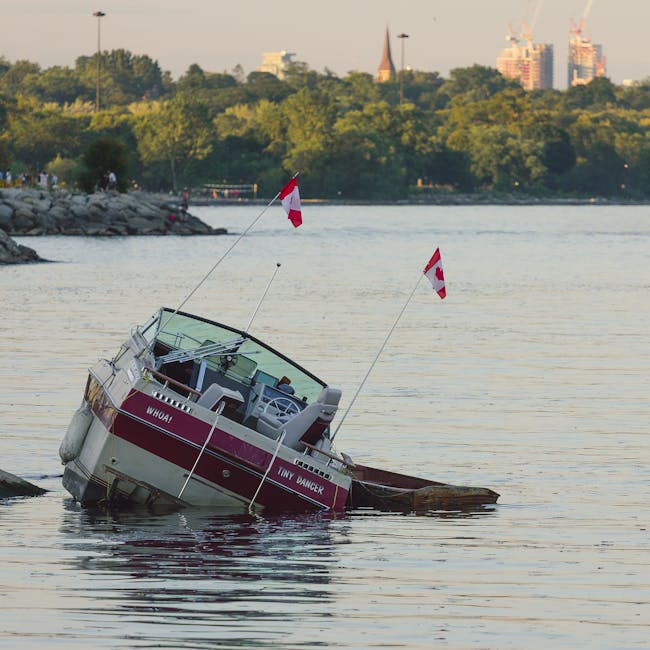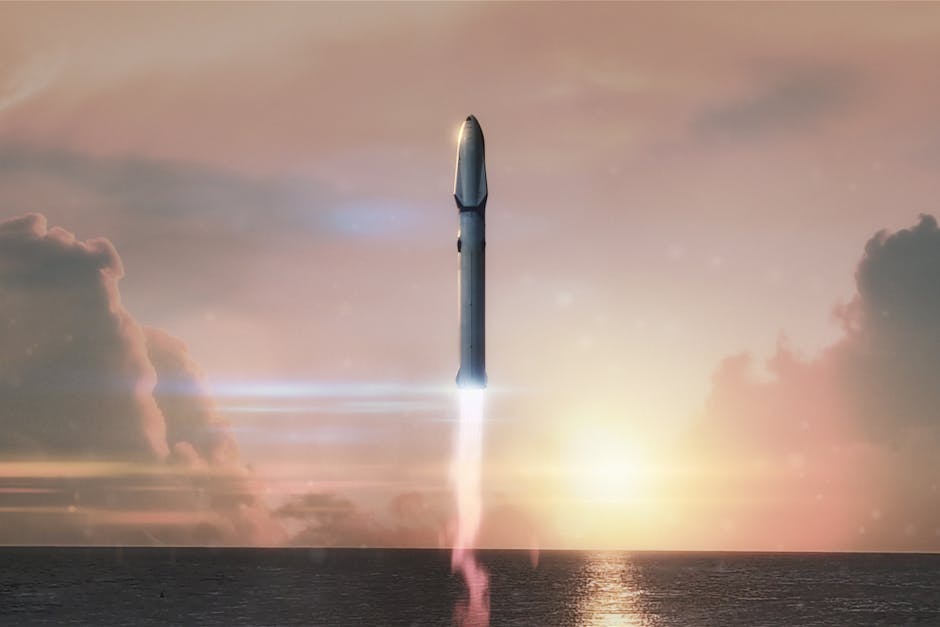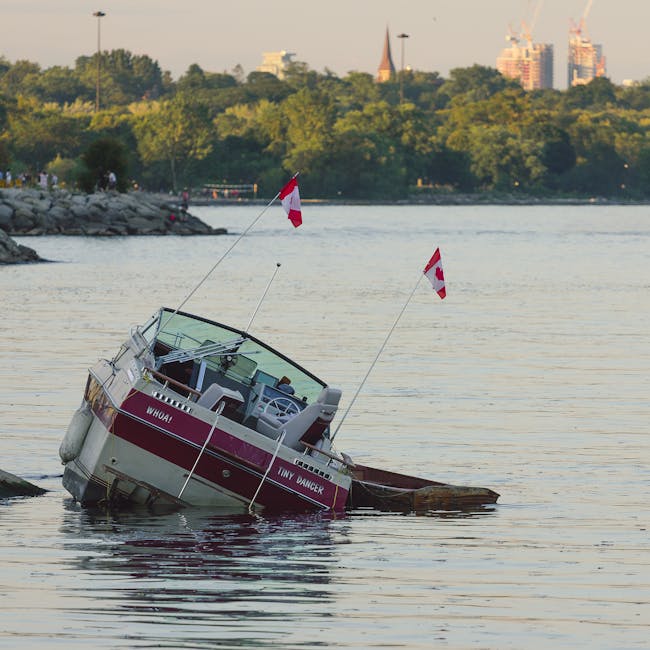North Korea’s Ship Launch Accidents: A Deep Dive into Causes, Consequences, and Implications
North Korea’s Ship Launch Accidents: A Deep Dive into Causes, Consequences, and Implications
North Korea’s military and naval capabilities remain a subject of intense international scrutiny. While the regime often boasts about advancements in its weaponry and technology, incidents like ship launch accidents offer a glimpse into the potential limitations and challenges facing its shipbuilding and maritime operations. These accidents, while often shrouded in secrecy, provide valuable insights into the state of North Korea’s technological prowess, its economic constraints, and the overall stability of its regime.
Understanding the Challenges Facing North Korean Shipbuilding
Several factors contribute to the higher frequency and severity of ship launch accidents in North Korea compared to other nations. These include:
- Sanctions and Embargoes: International sanctions significantly restrict North Korea’s access to essential materials, technologies, and expertise needed for modern shipbuilding. This reliance on outdated technology and domestically sourced materials often leads to inferior quality and increased risk of accidents.
- Lack of Resources and Funding: The North Korean economy suffers from chronic underdevelopment and resource scarcity. Limited funding for maintenance, upgrades, and training inevitably compromises the safety and reliability of its naval vessels.
- Technological Backwardness: North Korea’s shipbuilding industry lags behind international standards. A lack of investment in research and development, combined with the difficulty in acquiring modern technology, results in a reliance on outdated and less efficient methods, increasing the risk of accidents.
- Lack of Transparency and Data: The secretive nature of the North Korean regime makes it difficult to verify the exact circumstances surrounding ship launch accidents. Information is often limited or deliberately manipulated, hindering accurate assessment and analysis.
- Poor Maintenance and Operational Practices: Limited resources and training may lead to inadequate maintenance of naval vessels and poor operational practices. This increases the probability of accidents during launch and operation.
- Political Pressure and Deadlines: North Korea’s leadership might prioritize speed and public display over safety, leading to rushed construction and launch procedures, increasing the likelihood of accidents.
Types of Accidents and Their Impact
Ship launch accidents in North Korea can range from minor incidents to catastrophic failures. Some common types include:

- Groundings and Collisions: These accidents may result from navigational errors, equipment failures, or inadequate training.
- Structural Failures: Poor construction quality, use of substandard materials, and inadequate design can cause structural failures during the launch process.
- Explosions and Fires: These devastating incidents can occur due to faulty equipment, improper handling of explosives, or inadequate safety measures.
- Sinkings: Launching failures can lead to vessels sinking before they can even reach the water, representing significant losses in terms of resources and manpower.
The consequences of these accidents can be severe, ranging from loss of life and equipment to significant damage to North Korea’s military capabilities and international reputation. These incidents also impact the country’s economic standing, given the substantial investment in its military and naval programs.

Analyzing Specific Instances
(This section would require detailed research and specific examples of North Korean ship launch accidents. Due to the limitations of readily available, verifiable information, this section is left as a placeholder. Specific incidents, when verifiable information becomes available, would be detailed here, including dates, types of vessels, casualties, and potential causes.)
Implications for Regional and International Security
The frequency and severity of ship launch accidents in North Korea indirectly affect regional and global security. These incidents highlight the limitations of North Korea’s military capabilities and its reliance on questionable technologies. They provide valuable insight into the regime’s economic struggles and its challenges in maintaining its military arsenal. While not directly leading to immediate security threats, these incidents underscore the importance of continued monitoring and intelligence gathering regarding North Korea’s military activities.
The Future of North Korean Shipbuilding
The future of North Korean shipbuilding is uncertain. Continued sanctions and economic difficulties will likely hamper advancements in its naval capabilities. However, the regime might seek to circumvent sanctions through clandestine collaborations or technological acquisitions. The international community’s response to these incidents, including stricter sanctions or engagement initiatives, will profoundly shape the future of North Korea’s shipbuilding industry and its broader military capabilities.

Conclusion
North Korea’s ship launch accidents are more than isolated incidents; they are a reflection of the country’s overall technological, economic, and political challenges. These accidents, while often opaque, offer valuable intelligence for understanding the regime’s capabilities and limitations. Continued monitoring and analysis of these incidents, alongside broader geopolitical factors, are crucial for assessing and managing the security implications of North Korea’s military and naval programs.
Further Research
Further research is needed to uncover more detailed information about specific ship launch accidents in North Korea. This research should focus on collecting reliable data, analyzing available evidence, and drawing informed conclusions about the causes, consequences, and implications of these incidents.





